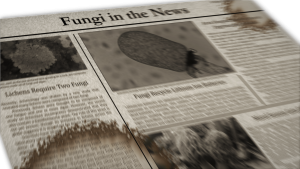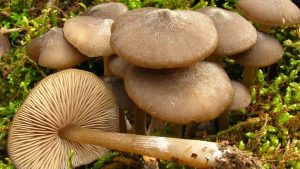This fungus parasitizes caterpillars in the Himalayas and produces small, spike-like mushrooms. These mushrooms are highly prized for their supposed medicinal properties and have brought a lot of new wealth and new problems to the people living in the Himalayas. Ophiocordyceps sinensis fruiting bodies are known as “Yartsa Gunbu” in Tibetan and “Dōng Chóng Xià Cǎo” in Chinese, both of which translate to “winter worm, summer grass.” The English names for the fungus are much less colorful: “Caterpillar Fungus” or (more recently) “Himalayan Viagra.” sinensis (Fungi, Ascomycota, Sordariomycetes, Hypocreales, Ophiocordycipitaceae) is native to the meadows of the Himalayas and Tibetan plateau and can be found from 3,000m to 5,000m above sea level. The parasitic fungus infects a variety of species of ghost moth larvae that live underground. It initially infects the caterpillars in the late summer. By winter, the fungus is ready to kill its host. At that time, it...







![#011: Characteristics of Kingdom Fungi [Archived]](https://www.fungusfactfriday.com/wp-content/themes/hueman/assets/front/img/thumb-small-empty.png)


